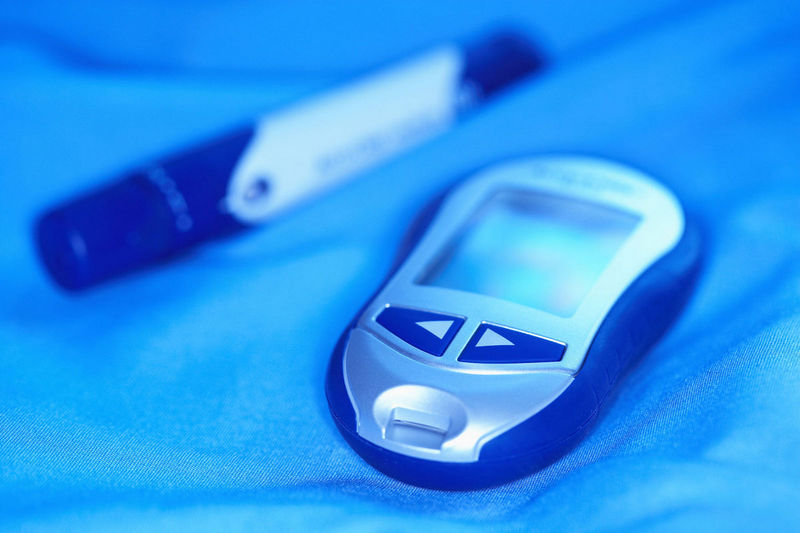
SUNDAY, April 4 (HealthDay News) — Certain cells in the pancreas can regenerate themselves into insulin-producing cells after normal insulin-producing cells have been destroyed, as happens in type 1 diabetes, a new study found.
Swiss researchers discovered that when they destroyed the insulin-producing cells, known as beta cells, in mice to induce an artificial form of type 1 diabetes, other cells in the pancreas called alpha cells then changed into insulin-producing beta cells.
“The adult pancreas can regenerate new beta cells even if they are totally absent — like in type 1 diabetes,” said the study’s senior author, Pedro Herrera, a professor in the department of cell physiology and metabolism at the University of Geneva Medical School.
Diabetes experts cautioned, however, that far more research is needed to see if the process could benefit people with type 1 diabetes, an autoimmune disease in which the immune system attacks the beta cells in the pancreas that produce insulin, the hormone that allows people to convert food into energy. People with type 1 diabetes must rely on insulin therapy for the rest of the lives.
And if such a process occurs in humans, or could be induced to occur, one large roadblock remains. In type 1 diabetes, the immune system attack on beta cells appears to go on indefinitely, which is why people who’ve had transplants of insulin-producing cells eventually must go back on insulin. The immune system destroys the transplanted beta cells, too.
“Any time you’re thinking about any type of a cure or really good treatments for type 1 diabetes, you have to consider both the beta cells and the immune side,” said Andrew Rakeman, the scientific program manager in beta cell regeneration at the Juvenile Diabetes Research Foundation (JDRF). The JDRF funded a portion of the new research.
“At this point, it’s unknown whether reprogrammed alpha cells would be vulnerable. Alpha cells are normally not destroyed by the immune system, but in regenerating, they’re losing traits that make them alpha cells to turn into beta cells. So, it’s likely that they’ll appear to the immune system as beta cells,” Rakeman said.
To induce type 1 diabetes in the mice, the Swiss researchers exposed the rodents to a toxin that destroyed just their beta cells. Alpha cells are normally found in the pancreas alongside beta cells. Alpha cells secrete a hormone called glucagon that counteracts the effects of too much insulin and helps the body maintain normal blood sugar levels.
More than 99 percent of the beta cells were destroyed in the mice. The researchers labeled alpha cells with a fluorescent protein so they could track those cells.
They found that when nearly all of the beta cells had been destroyed, if mice were given insulin therapy to keep them alive, the alpha cells spontaneously changed into functioning beta cells. After enough alpha cells converted into beta cells, insulin therapy was no longer needed.
The new research, published April 4 in the online edition of the journal Nature, is the first to show that this change can happen naturally and spontaneously, the study authors said. Previous research has been able to change adult cells into insulin-producing cells, but that change required genetic manipulation, which might make it harder to develop a type of drug to reproduce the effect.
Rakeman said what’s exciting in this new study is that “reprogramming is something that can happen naturally. If one can delineate what’s causing it to happen in mice, it might be possible to find interventions to induce that to happen in humans.”
Herrera said the researchers want to learn more about how the alpha cells undergo this change, and they also want to learn whether other cells can undergo these types of conversions.
Dr. David Kendall, chief scientific and medical officer at the American Diabetes Association, said, “Anything that speaks of a potential source of new insulin producing cells is pretty exciting.
“However,” he added, “I always have cautious enthusiasm for such findings. Early promise is not always a guarantee, and a number of mouse findings haven’t translated well in human research.”
More information
Learn more about type 1 diabetes from the Juvenile Diabetes Research Foundation.

